by Venchito Tampon Jr | Last Updated on March 2, 2022
What is micro content?
As defined by user experience expert Jakob Nielsen, “micro content” is a small group of words which can be skimmed by the reader to understand the wider message of the article.”
Using it perfectly to fill in your editorial content calendar will help you solve your content shortage.
That’s not to say that micro-content is just for quantity alone, but you can also make their quality better with a good strategy and execution.
Why Micro Content Works Today?
Here are some reasons why brands take micro-content pieces into consideration — which speaks also for its advantages over other forms of content.
Easy to consume
A micro-content piece has the ability to show a clear message or point in just a few seconds.
Whether it is a 30-second or minute video or a short story comic, it has the advantage of drawing the attention of customers to get to know about the brand.
Instead of bombarding potential customers with long-form guides, which not all people can consume well, why not produce easy-to-consume content that gives people easy to digest information — one at a time?
Develops creativity for content creators
Given that you have to think of ways on how to turn large pieces of content into micro web assets, you develop your creativity over time.
You discover methodologies to scale content creation as fast and as better quality as you can.
Produce in small budgets
Nowadays, the barrier to entry in content marketing is low.
You can start creating micro content pieces with a small budget. By putting a few bucks into creating visuals, writing short-form texts, and publishing them on your blog, plus distributing all of these assets on social media, everything can be started as soon as you want it.
Highly distributable
Content marketers start with creation, but it doesn’t stop there. Content like micro assets has to be distributed well to places where consumers engage in.
How to Use Micro Content to Build Links
Link building requires content to effectively share value proposition to prospect linkers. Without it, it won’t be easy to find people giving you backlinks without any value provided by your brand.
Micro content gives opportunities for small to medium-sized business owners to scale link building. Even big brands can do it to build momentum with their content promotion, as they can easily develop hundreds of assets ready to be distributed in many targeted web places.
On leveraging repurposed pillar content
I’ve shared this methodology popularized by Gary Vaynerchuk in my guide about content marketing strategies for small businesses.
It is a simple methodology of efficiently producing micro content pieces.
Start with a document pillar content, repurpose it into micro assets, and distribute them across social media. Here is a flow image of how it looks like.
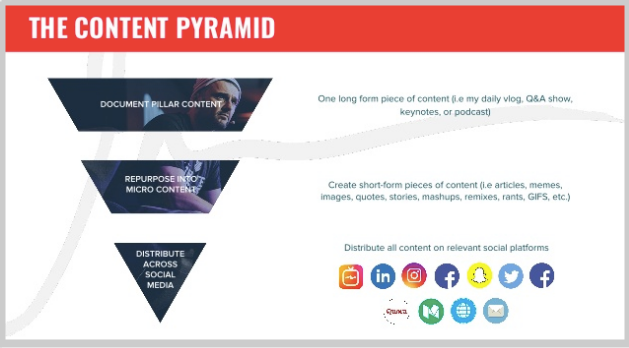
The original purpose of the model is for social branding, but we can replicate this exact model to build authority organic backlinks to our websites.
1. Turn sales-driven assets into distributable micro content
Every company has sales teams. Depending on its architecture, type, and processes, they use a document assembly that allows them to get a good flow of sales process, deliver things to prospective clients or customers, and/or satisfy them with enough inputs for buy-ins to offerings.
These documents include the following:
- Request for Information or Proposal (RFI / RFP)
- Statement of Work (SOW), Contracts and Invoices
- Customer Project Plans
- Sourcing channel partners with relevant vendor inputs partners need for each of their document categories above
If your brand can request any of these assets to be publicly distributed for brand building and content marketing purposes, you now have an opportunity to massively produce micro content.
How to build links to sales-driven micro content:
- Appeal your micro content to salespeople who are likely to share your content on blog posts or social channels. For example, financial advisors, if touched well by finance brands, can bring a good amount of mentions on industry blogs these FAs belong to.
- Spend a couple of bucks for social advertising to get initial eyeballs distribution for micro content.
- Target the most vocal people in your industry for social sharing. More social proof of micro content increases its connectivity factor to people likely to give links to your site.
2. Recover published assets
After content launch, it’s easy to forget high-quality assets that have performed well in terms of links and social shares but were not revisited and updated to gain even more results.
Start going through some of your best assets. You can use Ahrefs to find high-performing linkable assets (Top Linking Assets).
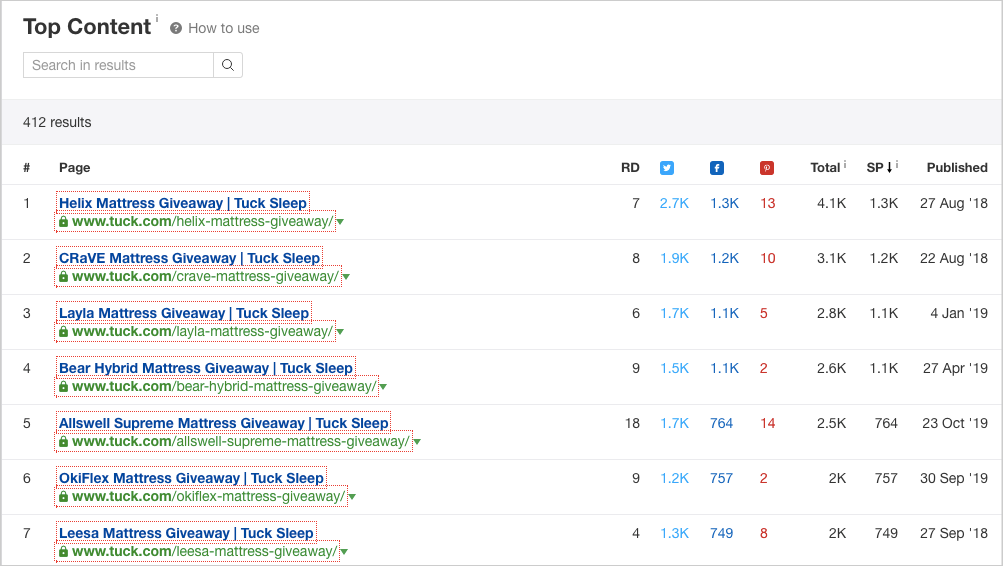
Assess which ones can be cut into pieces of short-form texts, or small visuals, or even turn content type into another content type (e.g. texts into visuals).
Here are some published assets you can recover, update, and/or turn into valuable micro content pieces:
- Frequently-asked questions
- Full webinar recordings
- Video recordings of presentations, speaking engagements, and any form of public appearances (e.g. media interviews)
- Long-form informational content (definitive guides on your subject matters)
How to build links to recovered published assets:
- When turning huge assets into micro pieces, assess if those micro content can stand alone its message. Otherwise, it won’t be perceived as much as valuable as compared to being tied into a large one.
- Find similar bloggers, publishers, and content creators who have linked to your big assets in the past. Reach out to them and share your content.
3. Reclaim branded short-form texts
Branded short-form texts are the content of your site you’ve originally started or cited. These can be your own coined terms or your own definitions of terms.
In the likelihood that those branded short forms were distributed, there were publishers who included your piece but didn’t credit your site as the source.
To find these people, you can use Google search and search for your exact definition of the term or whatever short-form text you have (e.g. a descriptive technical survey points).
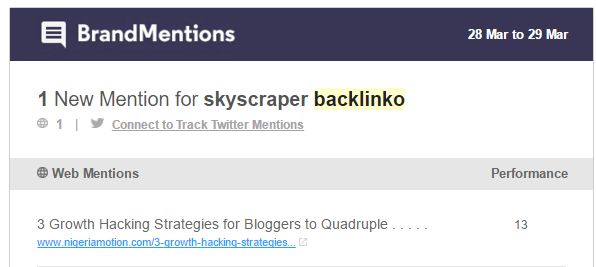
If it’s a coined term you’ve popularized, you can use BrandMentions or Ahrefs Alerts to track any mentions of a particular word or phrase.
How to reclaim links from branded short-form texts:
- Monitor regularly publishers who included your short-form texts in their own content. Build relationships by sharing their content on your own social profiles.
- Reach out to those publishers for brand link reclamation — don’t force them to link to you (as some are in the habit of doing so). Simply ask to credit you as the source.
4. Invest in comics
One of the interesting content trends today is scaling comic creation.
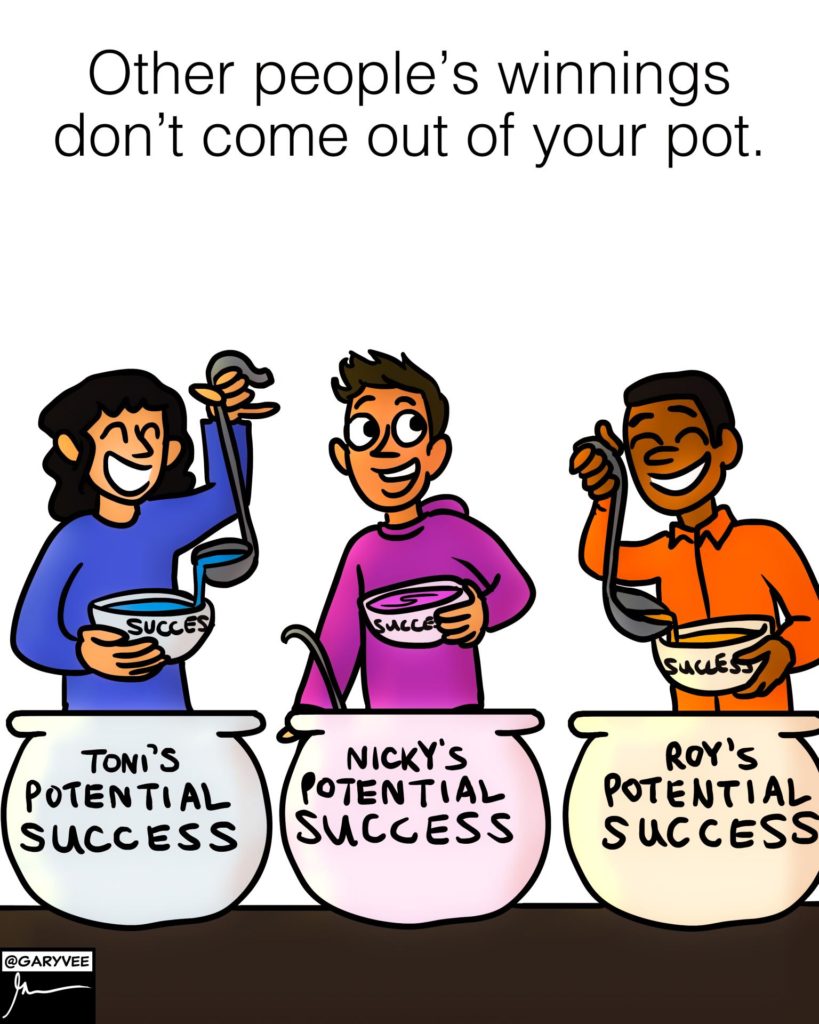
You see most of this micro content type on LinkedIn. Gary Vaynerchuk, for example, massively produced comic series that tell about his messages across his audience.
You’ll see comics as shareable content all over social media places because it quickly conveys stories of people, ideas, and concepts.
Apply that to your own industry and be the first one to produce short-style comics.
How to build links to comics:
- Work with influencers in your industry who have a substantial social following — so you can expect a faster distribution of your comics once it is published.
- Reach out to independent bloggers that allow a variety of content formats in their blog posts. Offer the content of your comic as a way to add value to their current readers — a new style of learning consumption.
5. Rank for “memes” keywords
Memes are another great easy-to-produce micro content.

There are many ways to start with this one — either to do it yourself using meme generator tools or hire or get your graphic design to produce sets of memes for your brand.
You can start with popular Facebook memes that have been rolling around contextually about your niche. Then go beyond that once you have some visibility with your published memes.
How to build links to memes:
- Get visibility on social platforms to make it go viral or have some social users with a good following to start sharing your memes.
- Rank for meme keywords (e.g. finance memes) by creating a page on your website dedicated to niche memes.
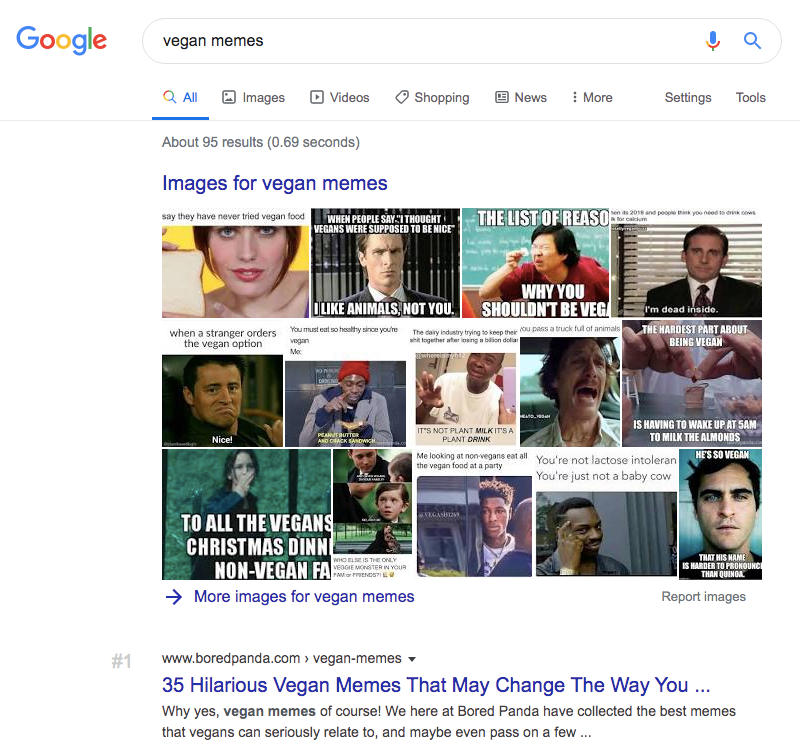
There are other types of micro content you can test for yourself and produce a series of it this year. Here are a few more examples:
- Custom illustrations or photos that convey some sort of quick tip or fun fact
- GIFs
- Shareable one-liners
- Interesting statistic
- Videos
Be creative with micro content
Establish credibility through the production of different micro content mentioned above. Start sharing them on your own distribution channels and gain new organic backlinks month over month.
If you’re looking for link building services, partner with us and start your campaign today.
The Author
Venchito Tampon Jr
Venchito Tampon is a Filipino Motivational Speaker, Corporate Trainer, and a Leadership Speaker in the Philippines. He is the CEO and Co-Founder of SharpRocket, a link building agency. With a decade of experience, Venchito has a proven track record of leading hundreds of successful SEO (link builidng) campaigns across competitive industries like finance, B2B, legal, and SaaS. His expert advice as a link building expert has been featured in renowned publications such as Semrush, Ahrefs, Huffington Post and Forbes. He is also an international SEO spoken and has delivered talks in SEO Zraz, Asia Pacific Affiliate Summit in Singapore, and Search Marketing Summit in Sydney, Australia. Check out his other businesses, Hills & Valleys Cafe, Blend N Sips and Saas Pursuit.
How our LINK BUILDING AGENCY builds 250 links/mo consistently using Predictable Link Building Methodology™…
- Using a SIMPLE and PROVEN system
- Using a SCALABLE strategy
- No private blog networks
- No creepy outreach emails
